
Marc Quinn is a British contemporary visual artist whose work includes sculpture, installation, and painting. Quinn explores "what it is to be human in the world today" through subjects including the body, genetics, identity, environment, and the media. His work has used materials that vary widely, from blood, bread and flowers, to marble and stainless steel. Quinn has been the subject of solo exhibitions at Sir John Soane's Museum, the Tate Gallery, National Portrait Gallery, Fondation Beyeler, Fondazione Prada, and South London Gallery. The artist was a notable member of the Young British Artists movement.

Herb Alpert is an American trumpeter who led the band Herb Alpert & the Tijuana Brass in the 1960s. During the same decade, he co-founded A&M Records with Jerry Moss. Alpert has recorded 28 albums that have landed on the U.S. Billboard 200 chart, five of which became No. 1 albums; he has scored 14 platinum albums and 15 gold albums. Alpert is the only musician to hit No. 1 on the U.S. Billboard Hot 100 as both a vocalist and an instrumentalist.

Donald Jess Bachardy is an American portrait artist. He resides in Santa Monica, California. Bachardy was the partner of Christopher Isherwood for over 30 years.
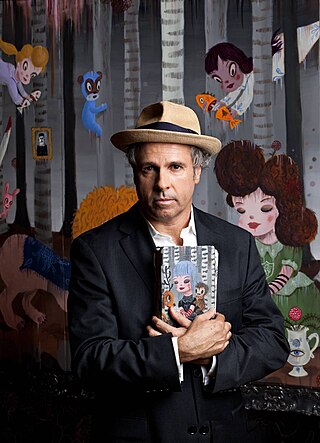
Gary Baseman is an American artist, cartoonist, and animator who investigates history, heritage, and the human condition. Through iconography and visual narratives that celebrate “the beauty of the bittersweetness of life,” his work brings together the worlds of popular culture and fine art.
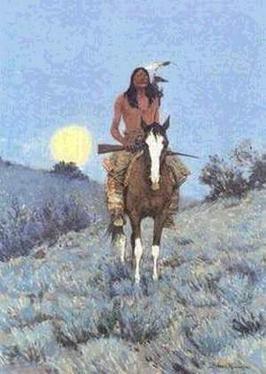
Frederic Remington: The Truth of Other Days is a 1991 documentary film of American Western artist Frederic Remington made for the PBS series American Masters. It was produced and directed by Tom Neff and written by Neff and Louise LeQuire. Actor Gregory Peck narrated the film and Ned Beatty was the voice of Remington when reading his correspondence.

America's Music: The Roots of Country is a 1996 three-part, six episode documentary about the history of American country music directed by Tom Neff and Jerry Aronson and written by Neff and Robert K. Oermann. The film touches on many of the styles of music that make up country music, including: Old-time music, Cajun music, Folk music, Rockabilly, Western music, Western swing, the Bakersfield sound, Honky-tonk and the Nashville sound. Country music artist and actor Kris Kristofferson narrates the three-part series.
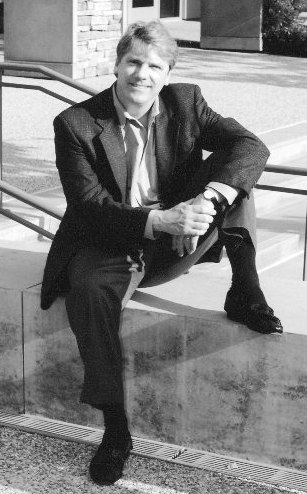
Thomas Linden Neff -, known as Tom Neff, is an American film executive, director and producer, born in Chicago, Illinois. He lives in Nashville, Tennessee.
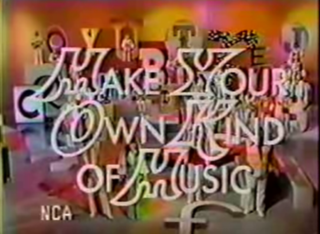
Make Your Own Kind of Music was an American summer replacement television series starring The Carpenters that aired on NBC between July 6, 1971, and September 7, 1971. It was a replacement for "The Don Knotts Show," in the Tuesday evening time slot from 8-9 p.m. (Eastern), and was produced by Stan Harris for Tomka Productions.
The Lowell D. Holmes Museum of Anthropology began in 1966 as the Museum of Man, at the bequest and initiation of Dr. Lowell Holmes, Professor of Anthropology at Wichita State University in Wichita, Kansas, United States. Over the next 33 years it grew slowly and became known throughout the campus as a small but interesting museum. The collections and exhibitions include cultural items from around the world and archaeological objects predominantly from the American Midwest and Southwest. In 1999, the anthropology department and the museum moved to a new location in Neff Hall. The museum was expanded and Mr. Jerry Martin was hired as Director. This was the first time that the museum had a professional director whose only job was to work with, and develop the museum.
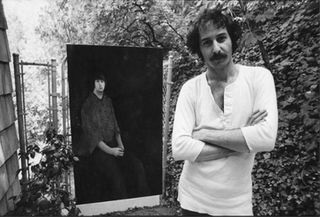
David Anderle was an American A&R man, record producer, and portrait artist. He is best known for his business associations with the Beach Boys during the production of the band's unfinished album Smile and the formation of the group's company Brother Records. Anderle also worked for MGM, Elektra, and A&M Records, and later acted as music supervisor on films including The Breakfast Club (1985), Pretty in Pink (1986), Good Morning, Vietnam (1987), and Scrooged (1988).

Michael Smith is an American artist known for his performance, video and installation works. He emerged in the mid-1970s at a time when performance and narrative-based art was beginning to claim space in contemporary art. Included among the Pictures Generation artists, he also appropriated pop culture, using television conventions rather than tropes from static media. Since 1979, much of Smith's work has centered on an Everyman character, "Mike," that he has portrayed in various domestic, entrepreneurial and artistic endeavors. Writers have described his videos and immersive installations as "poker-faced parodies" that sit on the edge between art and entertainment, examining ideas, cultural shifts and absurdities involving the American dream, consumerism, the art world, and aging. Village Voice critic Jerry Saltz called Smith "a consummate explorer of the land of the loser … limning a fine line between reality and satire [in] a genre sometimes called installation verité."

Llyn Foulkes is an American artist living and working in Los Angeles.
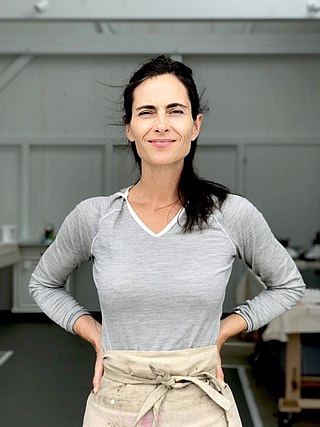
Betsy Eby is an American artist and musician known for her abstract encaustic paintings. Eby lives and works in Columbus, Georgia, and Wheaton Island, Maine.
Bo Bartlett is an American Realist painter working in Columbus, Georgia and Wheaton Island, Maine.
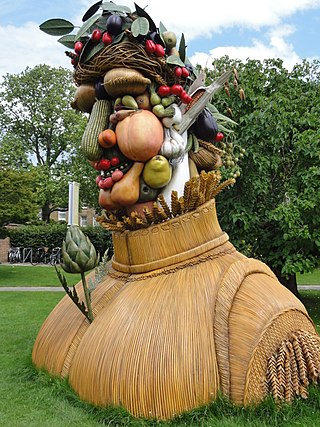
Philip Haas is an American artist, screenwriter and filmmaker, perhaps best known for his 2012 sculpture exhibition "The Four Seasons" and his 1995 film Angels and Insects.

Red Grooms: Sunflower in a Hothouse is a 1986 short film biography of the Nashville-born artist Red Grooms. It was written by Tom Neff, co-directed by Neff and Louise LeQuire, and produced by Neff and Madeline Bell. The film was funded by the Tennessee State Museum and was nominated for an Academy Award for Documentary Short Subject.

Chances: The Women of Magdalene is a 2006 documentary film produced and directed by Tom Neff, and written by Neff and Barry Rubinow. The documentary features the socially conscious organization known as "Magdalene," located in Nashville, Tennessee. The system of recovery practiced at Magdalene is based on the twelve steps and twelve traditions of Narcotics Anonymous.

Barry Rubinow is a film executive and editor, born in Glen Rock, New Jersey, a suburb of New York City. Currently, he lives in West Hills, Los Angeles, California.
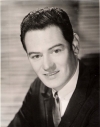
Scott Turner was a Canadian composer, producer, musician and publisher, who had an illustrious career in the music industry spanning over 50 years composing songs with Buddy Holly, Audie Murphy, Herb Alpert, John Marascalco and many others.

North Star: Mark di Suvero is a 1977 documentary film about Mark di Suvero that was produced by François de Menil and Barbara Rose. Born in 1933, di Suvero has become one of the most recognized sculptors of the late 20th and early 21st centuries. From about 1975 to 1977, fairly early in di Suvero's long career, filmmaker de Menil and art historian Rose produced this film, which was characterized at the time as "a tribute to the extraordinary work and life of the innovative American sculptor of monumental but delicate constructions." The film shows di Suvero making and installing several of his very large sculptures, and incorporates informal interviews of di Suvero, his mother, and others involved in his career and life at that time. From 1971 to 1975 di Suvero, an American, lived in a self-imposed exile in France in protest of US involvement in war in Vietnam and Southeast Asia, and the filming spans the end of his exile and his return to New York.


















